Many objects in the Medical Artifact Collection were once owned by local practitioners and former faculty and students of the Faculty of Medicine. In some cases, the medical ledgers, casebooks and scrapbooks belonging to these individuals also survived and are now stored in the university archives, located in the Archives and Special Collections in Weldon Library. Together, these sources reveal aspects of the history of the Western Medical School, its teaching practices, and general medical practice in London and the surrounding area. To see the objects in the collection belonging to the doctors below, search the database using their last name as a keyword, or click the link under "Description of Material". There are 5 objects in the Medical Artifact Collection that were likely owned by Baker including several thermometers, sutures, and forceps. Scrapbooks and Medical Records relating to Dr Bucke and the London Ontario Asylum are located in ARCC. The artifacts of the former London Insane Asylum museum are now held by Museum London. ARCC also hosts an online exhibit of some of this material. Photograph albums and notebooks relating to Dr. Campbell and his homeopathic practices in Ontario are located in ARCC. Dr. Collip's papers are located in ARCC. Dr. Crane most likely owned the monocular compound microscope now in the Medical Artifact Collection. His diaries are stored in ARCC. The papers, diaries, and account books of Dr. Fenwick are located in ARCC. Journal articles of Dr. Foucar are located in ARCC. Dental papers, letters, and family albums of Dr. Geddes are located in ARCC. Papers relating to Dr. Hall’s medical research during the Second World War are located in ARCC. There are 14 objects in the Medical Artifact Collection that were likely owned by Dr. Harding, including a neurological percussion hammer, and midwifery forceps, among other objects. There are 167 objects in the Medical Artifact Collection that belonged to Dr MacLaren ranging from surgical items, to tonsil-removing instruments, to eye tools. There are two sets of microscope slides and lantern slides that belonged to Dr. Ollerhead. Some of Dr. Saunders' papers are available in ARCC. There are many objects in the Medical Artifact Collection that were distributed by the William E. Saunders Company in London, such as a hemometer case, gauze bandage, an ophthalmoscope, and various instruments found in a doctor’s bag. Seaborn graduated from Western in 1895, practiced as a doctor in London, and began demonstrating anatomy at Western in 1897. He was the Chair of Anatomy from 1903 to 1911, then taught surgery. During the First World War, he commanded the 10th Stationary Hospital in France and in England. Click here to visit our online exhibit on Seaborn. There are 8 objects in the Medical Artifact Collection that probably belonged to Dr. Seaborn, including stethoscopes, syringes, and surgical instruments. In ARCC, there is an extensive collection of his scrapbooks and papers, which range from his work in medicine, his time in the army, his genealogical research, as well as his historical writings. Tew graduated in medicine from the University of Toronto in 1916, and then served in the First World War as a naval surgeon-lieutenant until 1919. His postgraduate work was at Toronto General Hospital in obstetrics and gynecology under Professor B.P. Watson. Tew was the first doctor in London to restrict his practice to obstetrics and gynecology. He was appointed as an instructor at Western's Medical School in 1920, Associate Professor in 1927, and Head of the Department of Obstetrics and Gynecology from 1936-57. From 1957-1973 he was a consultant for London hospitals. Click here to read The Use and Abuse of Obstetrical Forceps. There are 6 objects in the Medical Artifact Collection that were most likely used by Dr. Tew, such as a Hey’s saw, a cautery tool, bone holding forceps, and fluoroscope. Dr. H. Thompson probably owned 24 objects currently in the Medical Artifact Collection ranging from diagnostic instruments to surgical tools. There are 5 objects in the Medical Artifact Collection that probably belonged to Dr. Thompson including an elaborate French-made Luer surgical set, and two amputation sets. There are 2 objects in the Medical Artifact Collection that belonged to Waugh -- an anatomical model and a microscope. There is an address by Dr. Waugh in ARCC, dated 6 February 1932, describing his 60 years of medical practice in London.Local Practitioners
Photo
Name
Biography
Description of Material
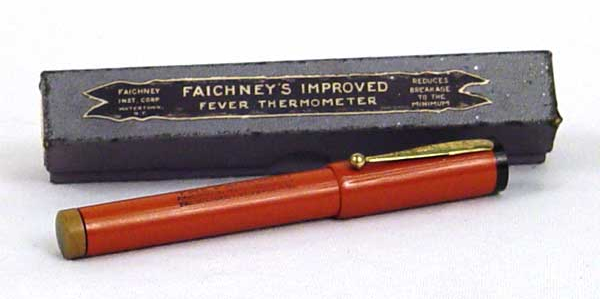
Milton Baker, 1870-1906
Baker graduated from Trinity Medical College, Toronto, in 1894. That same year, Baker began practising medicine in Springfield, Elgin County, Ontario. In 1904, he undertook postgraduate work in eye, ear, nose and throat specialties and then practised in Brantford, Ontario, before dying of meningitis.

Richard Maurice Bucke, 1837-1902
Bucke was one of the founding members of the Western Medical School. He kept his professor position in Mental Disease (1882) along side his placement of Superintendent of the London, Ontario Asylum, granted in 1876, until his death in 1902.
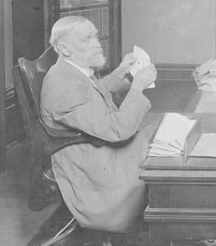
Clarence T. Campbell, 1843-1922
First trained as a medical doctor, Campbell became Mayor of London in 1905. An avid historian, he was the first president of the London and Middlesex Historical Society when it began in 1901 and was a well known as a lecturer at Victoria Hospital.
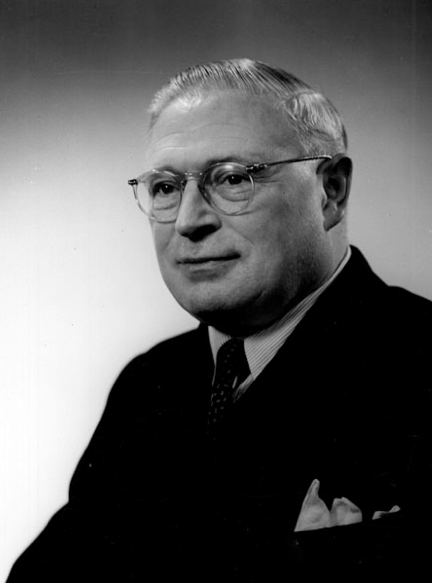
James Bertram Collip, 1892-1965
Collip was a graduate of Trinity College, Toronto with a doctorate in Biochemistry. While on leave from the University of Alberta, Collip assisted Dr. Frederick Banting and Charles Best in the development of insulin. Collip became Dean of Medicine and Professor of Medical Research at Western University in 1947, retired as Dean in 1961 but continued as Professor of Medical Research until his death in 1965.
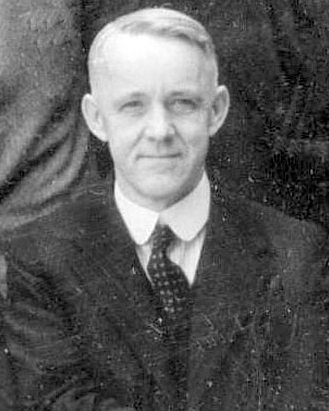
J.W. Crane, 1877-1959
Crane was one of the few pre-established medical practitioners to join the university, and although he is noted for teaching and research, these rank less important than his accomplishments with student groups and alumni participation. A strong supporter of the Western Gazette, Dr. Crane also started the Osler Society in 1927, which would eventually become the History of Medicine department and Medical Artifact Collection.

Alexander Greig Fenwick, 1818-1894
Fenwick graduated from McGill University in 1840 and served for five years as an assistant surgeon to the Marine and Emigrant Hospital in Lower Canada. Dr. Fenwick had two practices prior to moving to London, where he eventually served as Dean of the Faculty at Western University for two years.
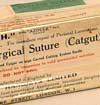
H. Olding Foucar
Before establishing himself as Chief of Surgery at St. Joseph’s Hospital in London from 1921 to 1967, Foucar was thoroughly trained at the Mayo Clinic.

Donald Currie Geddes
Geddes graduated from the University of Toronto and thereafter practiced dentistry in Clinton and London, Ontario.
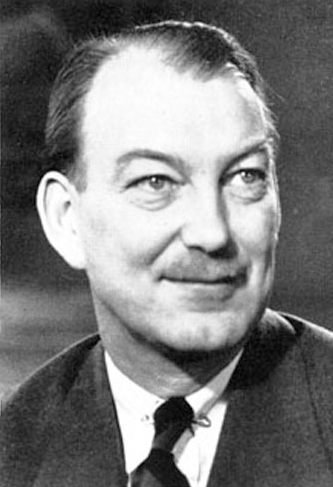
George Edward Hall, 1907-72
Hall was one of Canada’s foremost medical scientists, university administrators and public figures during a career that spanned four decades. He became Dean of Medicine in 1945 and actively recruited a group of outstanding medical scientists and clinicians who elevated Western’s medical faculty into a position of international prominence. In 1947, Dr. Hall became President and Vice Chancellor of Western University, a position he held for twenty years, during a period of momentous changes in post-secondary education in Canada. For example, there were under 1000 students enrolled at UWO in 1947 but this number rose to over 10,000 by the time Dr. Hall resigned in 1967.
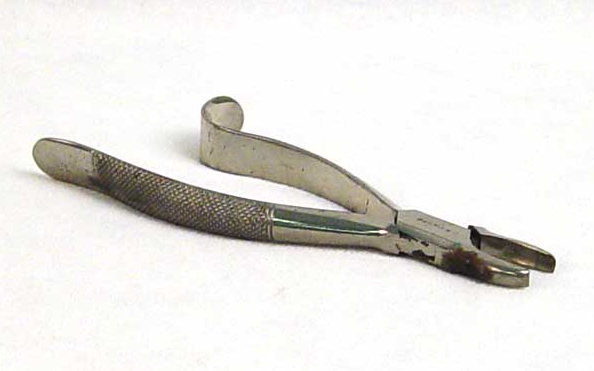
Paul Harding
Harding worked at St. Joseph’s Hospital, London.
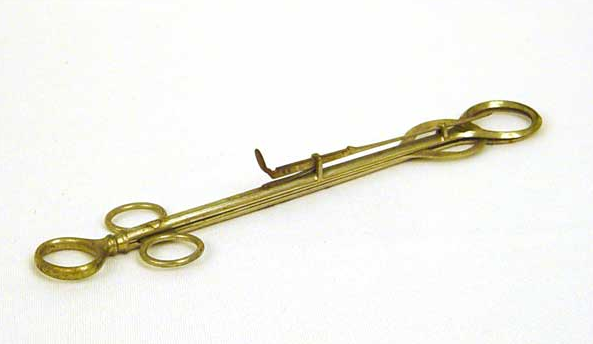
Alexander MacLaren
McLaren practised in Delaware, just south of London, between 1873 and 1892. He also served as coroner for London and Middlesex county.
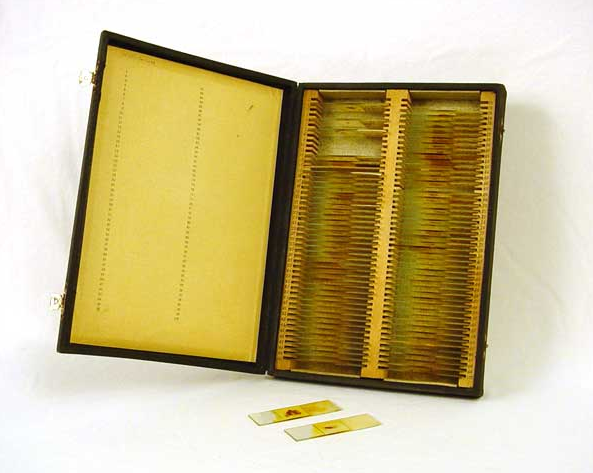
W. W. Ollerhead
Ollerhead was an orthopedic surgeon and assisted with teaching gross anatomy in Western's Department of Anatomy.
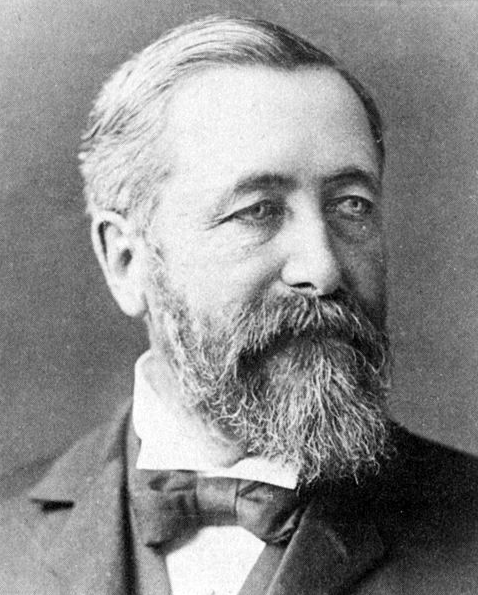
William Saunders, 1836-1914
Saunders opened a drug store after an apprenticeship under Dr. John Salter in London. Saunders pioneered in the preparation of fluid extracts of drugs, which led to the establishment of a wholesale firm for their manufacture and distribution. He took an active part in founding the Canadian Pharmaceutical Society in 1867 and the Ontario College of Pharmacy in 1871. He was Professor of Materia Medica at the Medical College during the 1880s before moving to Ottawa in 1886 to become the first director of Canada’s experimental farm.

William E. Saunders
William E. Saunders graduated from the Philadelphia College of Pharmacy and carried on his father’s pharmaceutical and physician supplies business in London. He taught chemistry from 1884 to 1892 at the London Medical College.
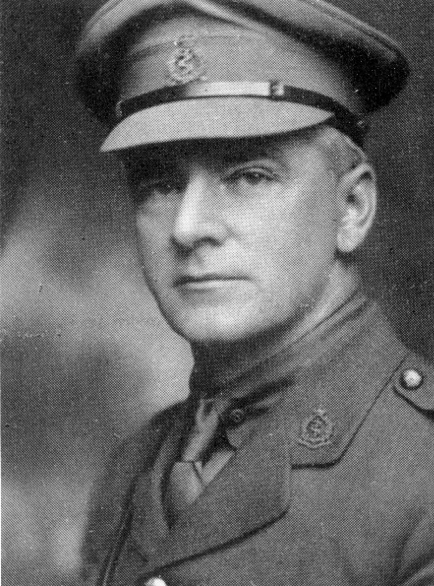
Edwin Seaborn, 1872-1951

William Pelton Tew, 1889-1976

Hamlet Thompson
Thompson registered for his Ontario license in 1906, and initially practised in Toronto. He later practised in the Thedford/Arkona area.
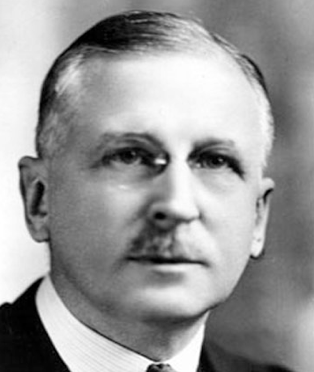
Septimus Thompson, 1876-1956
Thompson was born in Strathroy, Ontario, graduated from Western's Medical School in 1900, interned at Victoria Hospital, London (1900-01), and then practised with his brother A.S. Thompson in Strathroy for 2 years. From 1903-06, he took postgraduate training at the Manhattan Eye, Ear, Nose and Throat Hospital, N.Y., and then established a specialty practice in London. In 1907 he began teaching ophthalmology and otolaryngology at Western. He retired in 1946 and was awarded an honorary LLD by Western in 1949. He also was a surgeon at Victoria Hospital and St. Joseph's Hospital.
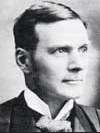
William E. Waugh, 1851-1936
Waugh served an apprenticeship with Dr. Alexander Anderson in London, then studied medicine at McGill University. He returned to London, taking over Anderson's practice. In 1883 he joined the Western Medical Faculty as Professor of General, Descriptive and Surgical Anatomy. He later became the Registrar and the Chair of Principles and Practice of Surgery in 1886, and the medical school bursar and Emeritus Professor of Surgery from 1913 to 1936.
You are using a browser that is not standards-compliant. The information on this Web site will be accessible to you, but for a list of Web browsers that comply with the World Wide Web Consortium standards, please visit our Web standards page.

